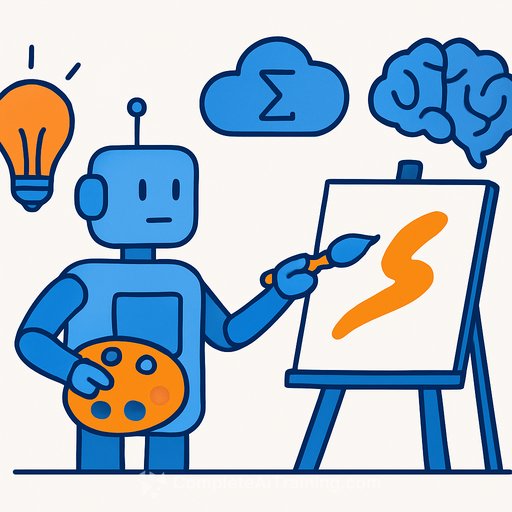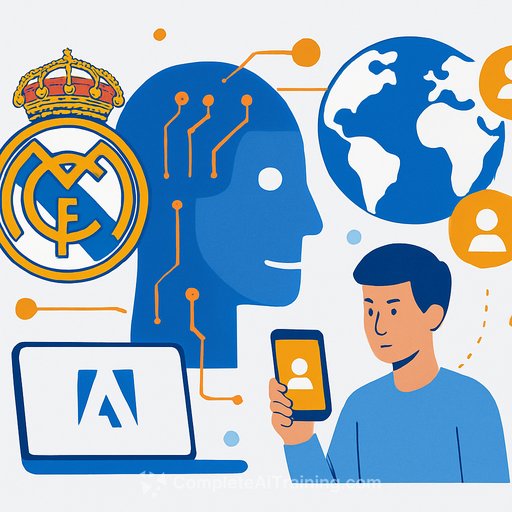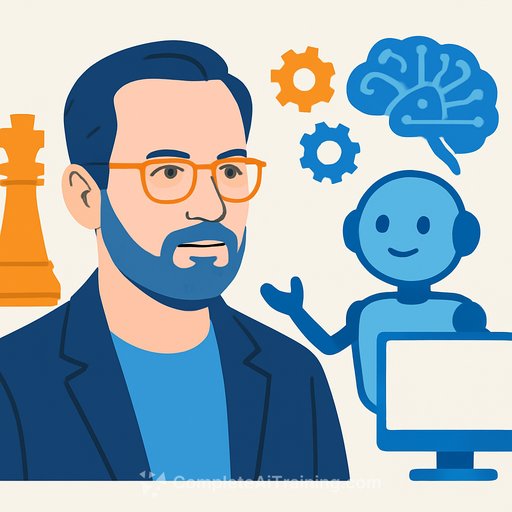Generative AI Tops Out at Average Creativity, Study Finds
New research says what many pros feel: generative AI can imitate creativity, but it stalls at amateur levels. It hits a ceiling because it's built on pattern prediction, not true originality.
The study, published in the Journal of Creative Behaviour, argues that large language models (LLMs) like ChatGPT are mathematically limited. They produce work that's novel enough to impress casual audiences, but not original or effective enough to match expert standards.
The core finding
Creativity requires two things: originality and effectiveness. LLMs generate text by predicting the next token based on patterns in their training data. That approach is powerful, but it's still statistical mimicry.
According to the study, this structure caps output around average human performance. Tests show AI-generated stories and ideas typically land in the 40th-50th percentile compared with human work.
Why AI hits the ceiling
Because the system is trained to echo patterns, its "originality" is bounded by what it has already seen. It can remix. It can rearrange. It can't consistently produce the kind of rare, high-leverage ideas experts create.
That's why professionals in writing, design, and art spot the repetition fast. The work looks competent, but formulas peek through.
What this means for creatives
- Use AI for volume, not vision. Drafts, options, summaries, variations-yes. Signature ideas and standout concepts-still on you.
- Expect "pretty good," not "breakthrough." Treat AI output as a starting point you will refine, twist, or replace.
- Your taste is the advantage. Curation, judgment, and context turn average into exceptional.
Where AI still helps (a lot)
- Idea exploration: Generate 50 rough angles, then keep 2 worth developing.
- Routine tasks: Outlines, captions, mood-board descriptors, alt headlines, naming lists.
- Refinement: Grammar passes, structure suggestions, tightening copy-fast and cheap.
How to get more value without dulling your edge
- Set sharper constraints: unique audiences, unusual combinations, strict tone rules. You supply the originality; AI accelerates the exploration.
- Iterate with intent: prompt → critique → reprompt. Don't accept first-pass outputs.
- Blend mediums: pair AI text with your sketches, references, or story beats to force non-obvious results.
- Keep a "spike" requirement: every concept must have one element that would make a pro raise an eyebrow.
If you want to level up your prompting workflows, explore focused resources on prompt engineering.
Limits and what could change
The paper notes it uses simplified math assumptions and standard AI settings. It doesn't test how far human editing or advanced prompting can push results. Future research may look at new parameters or architectures.
The takeaway: reaching expert-level creativity likely requires systems that go beyond learned statistical patterns. Until then, humans keep the crown.
Bottom line
AI is a fast assistant, not a replacement for skilled creators. Treat it like an amplifier for process, not a source of genius. If you keep your taste sharp and your standards high, you'll stay far ahead of average.
Your membership also unlocks:





